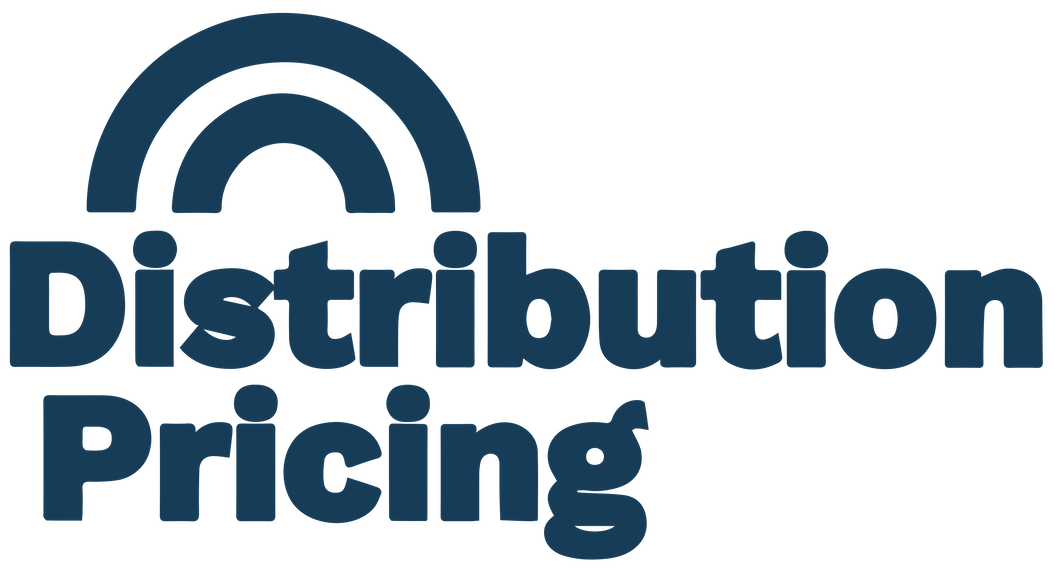Pricing is the battleground where wholesale distributors compete for profitability and market share. More distributors…

When Pricing Conflicts with Purchasing
One of the issues that always comes up with companies following our Enterprise Velocity program is the issue of conflicts between department leaders. This is especially true when the goals – or cost justification – of two departments seem to be in competition with each other. Conflicts can arise between any two departments, but when those departments share a common goal, it can be tricky to minimize conflict and maximize cooperation.
One common area of conflict is between pricing and purchasing. These conflicts can often be boiled down to the question, “who really drove new profit?” Did the profit come from better purchasing negotiations? Or did the profit come from price optimization and increased volumes?
Beyond that simple conflict, here are common disagreements that can arise between these two departments and some suggestions for keeping all your teams focused on profitability together.
Sales Volumes Vs. Product Line Profitability
Conflicts can arise between pricing and purchasing when different departments have competing goals. A pricing manager may be tasked with profitably increasing sales volume in a product line, while a purchasing manager may be focused on maximizing profitability in the same product line. When this occurs, there is potential for conflict as the pricing manager may want to lower prices to increase sales, but the purchasing manager may feel that doing so will lead to unnecessary profit loss.
Short-Term Gain Versus Long-Term Stability
Pricing managers may be incented to focus on short-term discounting to achieve quick sales gains, while purchasing managers often prefer longer-term negotiated contracts. This difference in focus can create a conflict that feels persona. The pricing manager may feel that the purchasing manager is not considering the best interest of their personal incentive and compensation plan. On the other hand, the purchasing manager may feel like they are being asked to give away too much margin which can affect their own compensation. Not to mention, purchasing managers see their vendor relations as a very long-term relationship that requires nuance, and they don’t like to keep coming back for discounts based on short-term goals.
Differing Data Orientations
Sometimes it can feel like pricing and purchasing are trying to achieve profitability using entirely different languages. Conflicts between pricing and purchasing managers can arise due to their differing data orientations. Pricing managers often rely on statistical modeling, forecasting, and other methods of predicting future events to set or adjust prices. They feel their job is to predict and prescribe courses of action. Purchasing managers tend to be more focused on actual historical measures of purchasing price and vendor performance.
Rebates Vs. Discounts
How does your company prioritize rebates and discounts. Both can fall under the purview of pricing and purchasing, but they impact those departments goals in different ways. There can be a tug-of-war between reaching new volume rebates with lower costs that drive demand and tying discounts to customers and purchasing agreements. Your finance team might get in on an argument, too, if they don’t believe the pricing team’s demand projection or feel like increased invoicing and payment schedules further reduce profit levels.
Fostering Better Collaboration
So, what are some ways you can foster better collaboration between these two important teams and reduce conflicts?
Utilize Data to Set Team Goals
One of the core principals we emphasize in our practice and in the Distribution Pricing Journal is to employ analytics in difficult situations. Pricing and profitability are inherently complex. Utilizing data to set team goals can be key to a distributor’s success. When you commit to collecting and analyzing good data, you create an atmosphere that allows your team to focus on achievable and measurable goals that align with the your company’s goals. We work closely with companies in setting both short-term and long-term objectives, as well as understanding market trends, customer feedback, and other important insights – all of which is improved with great data. Help your team make data-driven decisions and you will ensure everyone is working towards the same goals. You will also foster collaboration between teams. When your team knows you will be tracking progress with defined metrics, they will learn to adjust their strategies if needed to stay on track and reach their desired results.
Encourage Open Communication
Open communication is one of the most important aspects of aligning team goals with data and communication. When teams can freely exchange ideas, ask questions, and provide feedback, they can ensure everyone understands their role in achieving the company’s objectives and stay on track. Additionally, having an open dialogue allows teams to identify any potential roadblocks before they arise and quickly find solutions. Distributors should also establish processes that make it easy for teams to communicate and keep up with progress across all channels. By encouraging frequent conversations centered around data-driven decisions, companies can ensure that team goals are aligned, and all members feel empowered to reach them.
Track Progress Together
Tracking progress with metrics and other key performance indicators is essential to the success of any team. Tracking progress together can encourage deeper teamwork and creativity across departments. Frequent tracking allows teams to quickly identify any potential roadblocks or areas of improvement before they arise, giving them the opportunity to make necessary adjustments and reach their goals faster and more effectively. You will identify and address problems early rather than finger point to each other later. We always say, “winners like to see the scoreboard.” Measurable results will keep teams motivated as they can visibly monitor their progress towards the desired outcome. Distributors should set up a system to regularly track progress so that they can identify any issues early on and provide resources for their teams in order resolve them. This will ensure everyone is on the same page and help teams stay on track as they work towards achieving their goals.
Establish an OKR Process
The OKR (Objectives and Key Results) methodology is a goal-setting framework that helps teams stay focused and driven. It encourages collaboration by allowing teams to come together to collectively define objectives and key results, as well as break them down into measurable chunks that everyone can work toward. The OKR structure is also designed to reduce conflict by providing clarity around team goals, roles, and expectations—ensuring everyone is on the same page and working towards the same objective. Additionally, the visibility of measurable progress allows teams to quickly identify any potential roadblocks or areas of improvement before they arise, giving them the opportunity to make necessary adjustments to remain productive and motivated. Learn more at our blog post, “OKRs: What They Are and Why Your Business Needs Them.”



